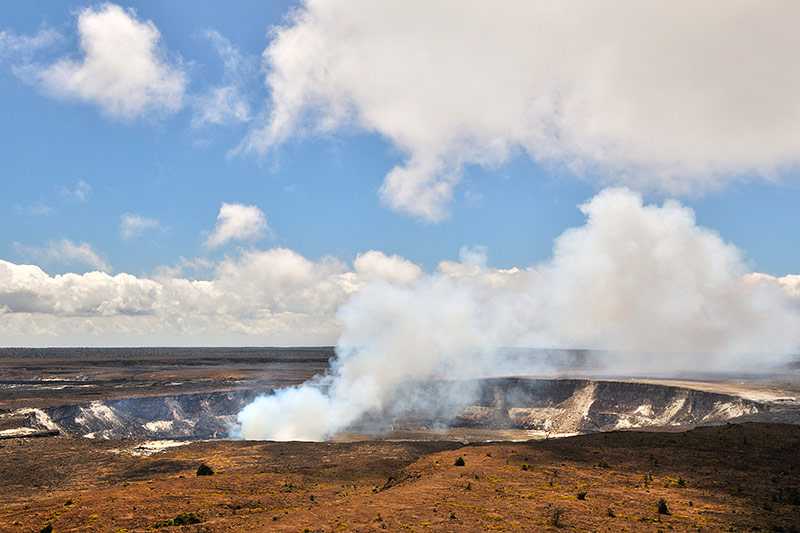Hawai'i Volcanoes National Park
About Hawai'i Volcanoes National Park
Hawai'i Volcanoes National Park is situated on the Island of Hawaii itself in the USA. The park protects two volcanoes - Mauna Loa, the world’s la...
About Hawai'i Volcanoes National Park
Hawai'i Volcanoes National Park is situated on the Island of Hawaii itself in the USA. The park protects two volcanoes - Mauna Loa, the world’s largest volcano and Kilauea, one of the world’s most active volcanoes. To the spiritual Hawaiian people, the volcano is a sacred place - the home of the Goddess Pele. To scientists, it gives a valuable...
Attractions near Hawai'i Volcanoes National Park
Activities
About Hawai'i Volcanoes National Park
About Hawai'i Volcanoes National Park
Hawai'i Volcanoes National Park is situated on the Island of Hawaii itself in the USA. The park protects two volcanoes - Mauna Loa, the world’s largest volcano and Kilauea, one of the world’s most active volcanoes. To the spiritual Hawaiian people, the volcano is a sacred place - the home of the Goddess Pele. To scientists, it gives a valuable insight into the development of the Hawaiian Islands and vulcanism generally.
Landscape Features
Covering an area of 1,309 km2 (505.4 sq mi), the park is home to a range of environments including coastline, tropical rainforest, dry desert and of course, geological wonders. Volcanic formations such as craters, lava tubes, geothermal vents, calderas and even flowing lava are extraordinary and exhilarating sights.
Activities
The many attractions of this National Park can be explored on foot or by car. More than half of the park is designated wilderness, and a number of fantastic trails offer hikers the chance to explore spectacular geological activity up close. Wildlife fans may have the opportunity to spot rare birds, Hawaiian Green Sea Turtles and beautiful plants. In 1792 the footprints of a warrior convoy were preserved in volcanic ash. These footprints can be seen via the Kau Desert Trail.
Taking the Crater Rim Drive is a popular tourist activity. This 17.7 km (11 mi) road around the summit of Kilauea passes through rainforest and desert, with stop-off points for short hikes and scenic views.
Another worthwhile tour is the Chain of Craters Road. This 32 km (20 mi) road descends 3,700 feet, ending where a lava flow cut off the road. Volcanic activity is unpredictable, but lucky visitors may witness an active lava flow from the end of the road. The Hawai'i Volcano Observatory offers information about current activity if you’re looking for the best chances of viewing this remarkable force of nature.
